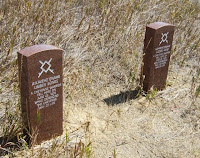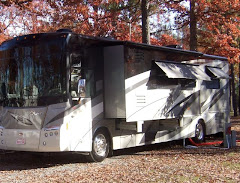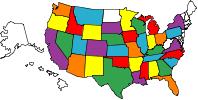
On a very long day of driving, we made a far too brief stop at the Little Bighorn Battlefield National Monument and Custer National Cemetery. We flashed our National Park Pass (Love it!) for free entry to this slice of history. The first stop on our warm walking tour was Custer National Cemetery, which was established in 1886.
The National Cemetery is located just down the hill from Last Stand Hill, where General George Custer and approximately 41 men fell in the Battle of Little Bighorn in 1876.
Four years later, the Army erected 249 headstone markers across the battlefield to show where Custer's men had fallen. Boston Custer, one of two brothers and a nephew who died in the battle, lost his life on Last Stand Hill.
In 1881, the remains of the soldiers, scouts and civilians killed in the battle were reinterred in this memorial near Last Stand Hill. Interestingly, the remains of the officers - and Boston Custer - were removed to various cemeteries across the country.
During the fight on Last Stand Hill, the Lakota and Cheyenne occupied nearby Wooden Leg Hill. Standing on this rugged piece of ground on a hot summer day, you can get a sense of the triumph and tragedy of that historic event.
In 2003, National Park Service dedicated the Indian Memorial to remember the Lakota Sioux, Cheyenne, Arapahoe, Arikara tribes and promote the theme of "Peace Through Unity". The memorial features this sculpture, "Spirit Warriors".
In 1999, the Park Service launched the Warrior Markers Project and began placing red granite markers on the site to mark the locations of fallen Indians on the battlefield.
With temperatures approaching the century mark - and Bullwinkle's generator running to keep the kitties cool - we cut our visit short. We just barely scratched the surface of all there is to see here. We're grateful for the chance to visit this sacred ground. And, we look forward to spending a day here (which you could easily do) the next time we pass this way.












No comments:
Post a Comment